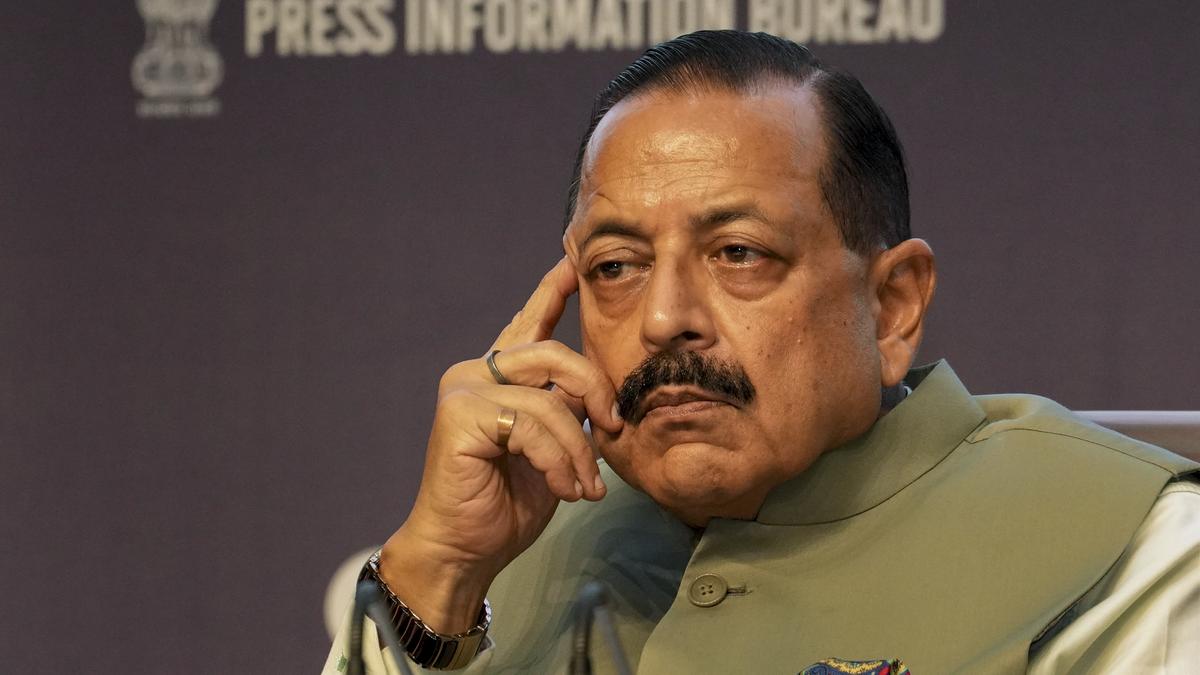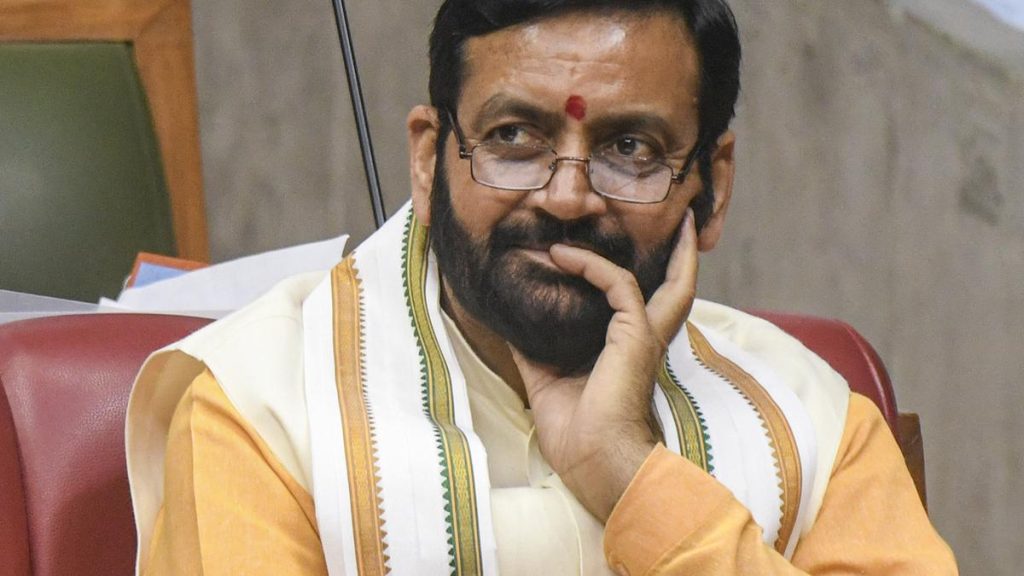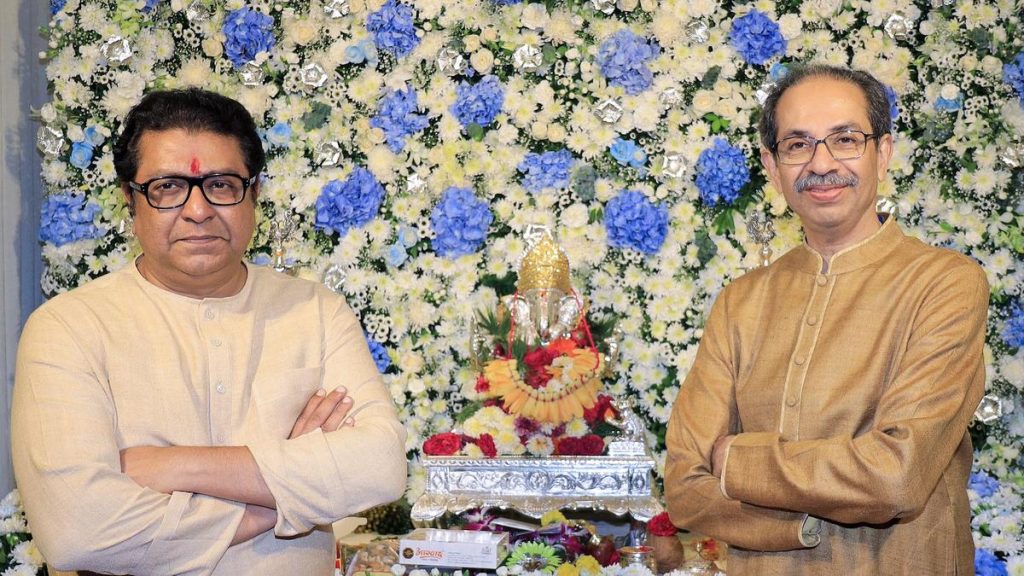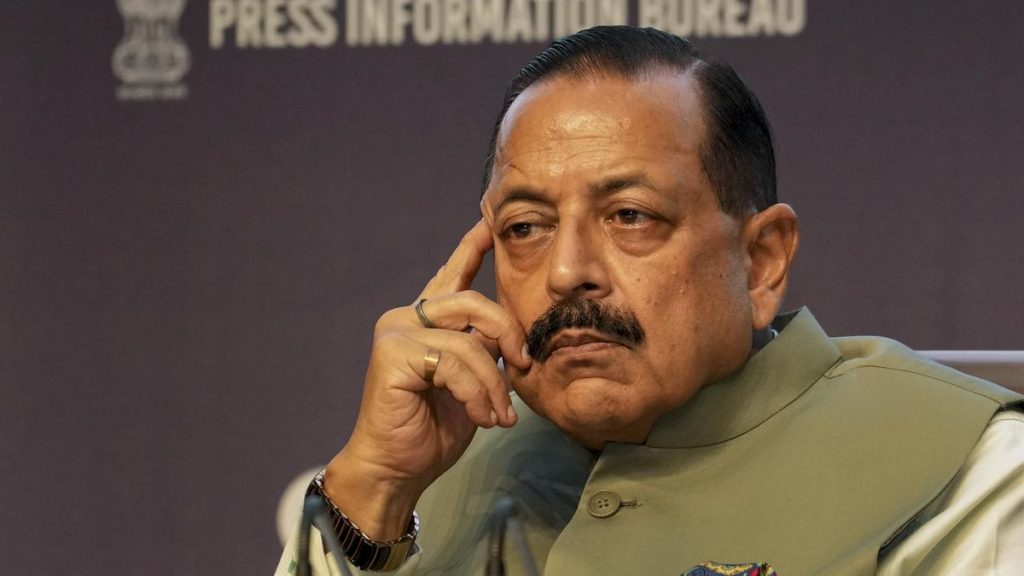Now Reading: Jitendra Singh Unveils India’s First National Biofoundry Network
-
01
Jitendra Singh Unveils India’s First National Biofoundry Network
Jitendra Singh Unveils India’s First National Biofoundry Network

Swift summary
- Science and Technology Minister Jitendra Singh launched India’s first National Biofoundry Network on August 27, 2025.
- The Network includes six institutions aimed at scaling proof-of-concept developments, enhancing indigenous biomanufacturing, and creating employment opportunities.
- India’s bioeconomy rose from $10 billion in 2014 to $165.7 billion in 2024 with a target of $300 billion by 2030.
- The BioE3 Challenge for Youth was introduced to encourage ideas for safe, sustainable biotechnology innovations.
- The BioE3 Policy addresses not onyl research and innovation but also jobs,startups,and sustainable advancement across health,agriculture,energy,and the habitat sectors.
- principal Scientific Advisor Ajay kumar Sood highlighted the importance of skilled talent for biotechnology diffusion; government funding aims to build a robust ecosystem of skilled professionals.
- At the state level: MoU signed with Assam establishing a BioE3 Cell to create actionable plans for biotech progress locally.
- Globally: India’s missions in 52 countries provided inputs on the BioE3 policy; collaboration ongoing between DBT (Department of Biotechnology) and MEA (Ministry of External Affairs).
Indian opinion Analysis
The launch of the National Biofoundry Network signals India’s commitment toward leveraging biotechnology as a transformative driver in its economy.With an enterprising bioeconomy expansion goal set at $300 billion by 2030-and supported by key initiatives such as the state-centred partnerships like Assam’s MoU-the integrated approach combining national vision with localized implementation coudl be impactful.
The emphasis on developing talent thru funding mechanisms ensures foundational strength within this high-stakes sector while focusing equally on sustainability aligns well with global expectations. International collaboration via missions further suggests that india is positioning itself strategically within global biotech networks.If successfully executed-through adequate infrastructure development and workforce training-the policy may have far-reaching implications across multiple industries such as healthcare and renewable energy. However, maintaining neutrality requires observing how goals translate into tangible outcomes over time without over-reliance merely on projections.
Read more: [Link unavailable]























